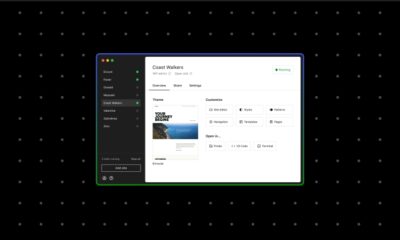Google Maps Lets Users Add Photos Without Leaving a Review
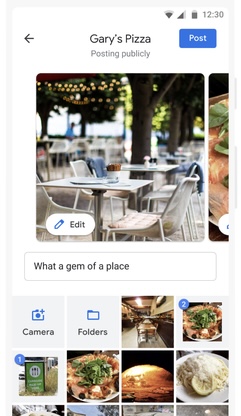
The Google Maps features announced today aim to make sharing and finding local recommendations easier, and a new community challenge may add some fun to the process.
Google Maps Photo Updates
A new content type will soon be rolled out to Google Maps called photo updates.
Photo updates allow users to share experiences and highlights with recent photos without being required to leave a review.
A photo update consists of a recent picture of a place with a short text description.
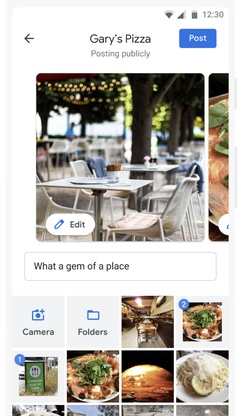
To add a photo update, start by selecting a place in Google Maps and going to the “Updates” tab. Then tap on the “Add a photo update” button.
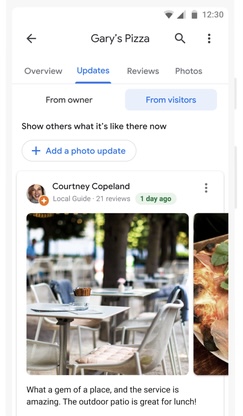
From there select the photos and add a short description. Users can upload as many photos as they want in a single photo update. Photo updates from other people can be viewed in the same Updates tab.
When this feature rolls out in the coming weeks it will be the first time users have been able to add photos of a place without writing an accompanying review.
This makes the photo sharing process on Google Maps more casual, akin to how one would share photos on social media.
Photo updates could potentially lead to an influx of user uploads for places and businesses. Those photos can assist others when deciding where to visit next.
Draw Roads on Google Maps
Google Maps users will soon be able to report on road changes by drawing new or missing roads with a desktop editing tool.
When a road is missing in the desktop version of Maps, click the side menu button and select “Edit the map.”
From there, select “Missing Road” and begin making edits by drawing lines. The road editing tool will also allow users to rename roads, change road directionality, and realign or delete incorrect roads.
See a short demonstration of the road editor in this video provided by Google:
In the road editor users can let Google know if a road is closed with details like dates, reasons, and directions. All user edits to a road will be vetted by Google being being published.
This feature is rolling out over the coming months to all 80 countries that already allow users to report road updates.
Google Maps Community Challenge
Google is piloting a new community challenge feature that aims to encourage Maps users nationwide to contribute more reviews, photos, and updates.
The community challenge is live on Android in the US for the next month. Users can participate in the challenge by going to the Contribute tab and selecting the option to “Join the Local Love challenge.”
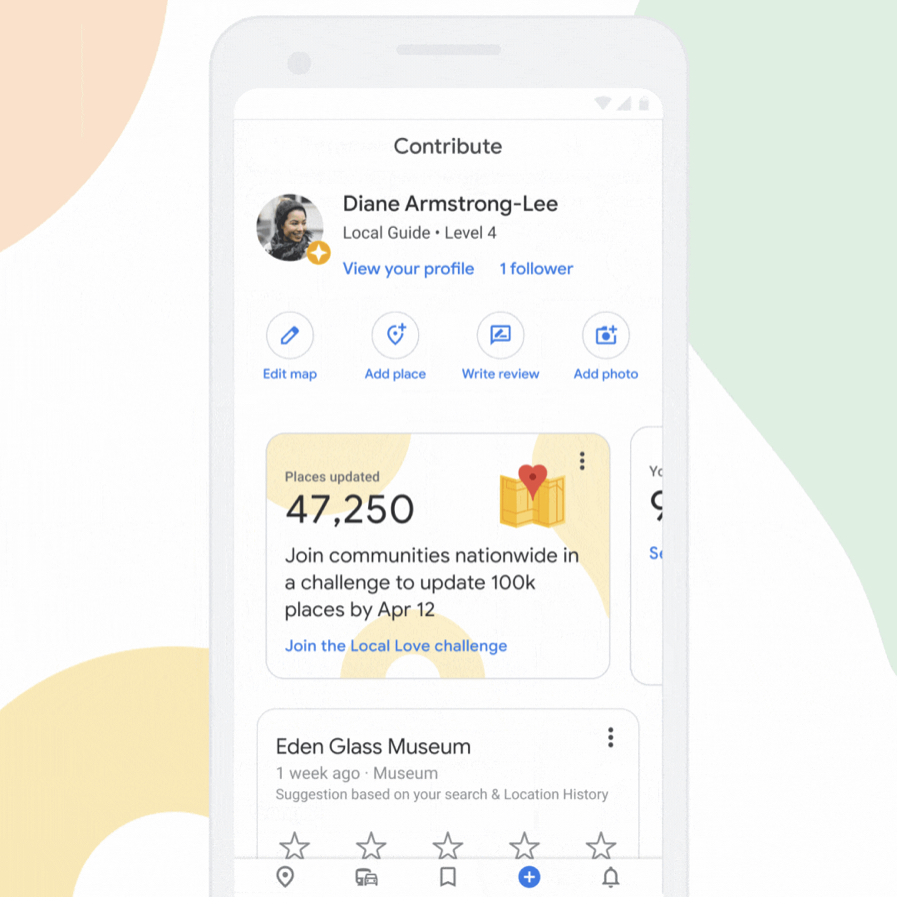
Each contribution will count toward a collective goal of updating 100,000 businesses in one month. Feedback from this challenge will help with creating campaigns in more countries in the future.
Source: Google













